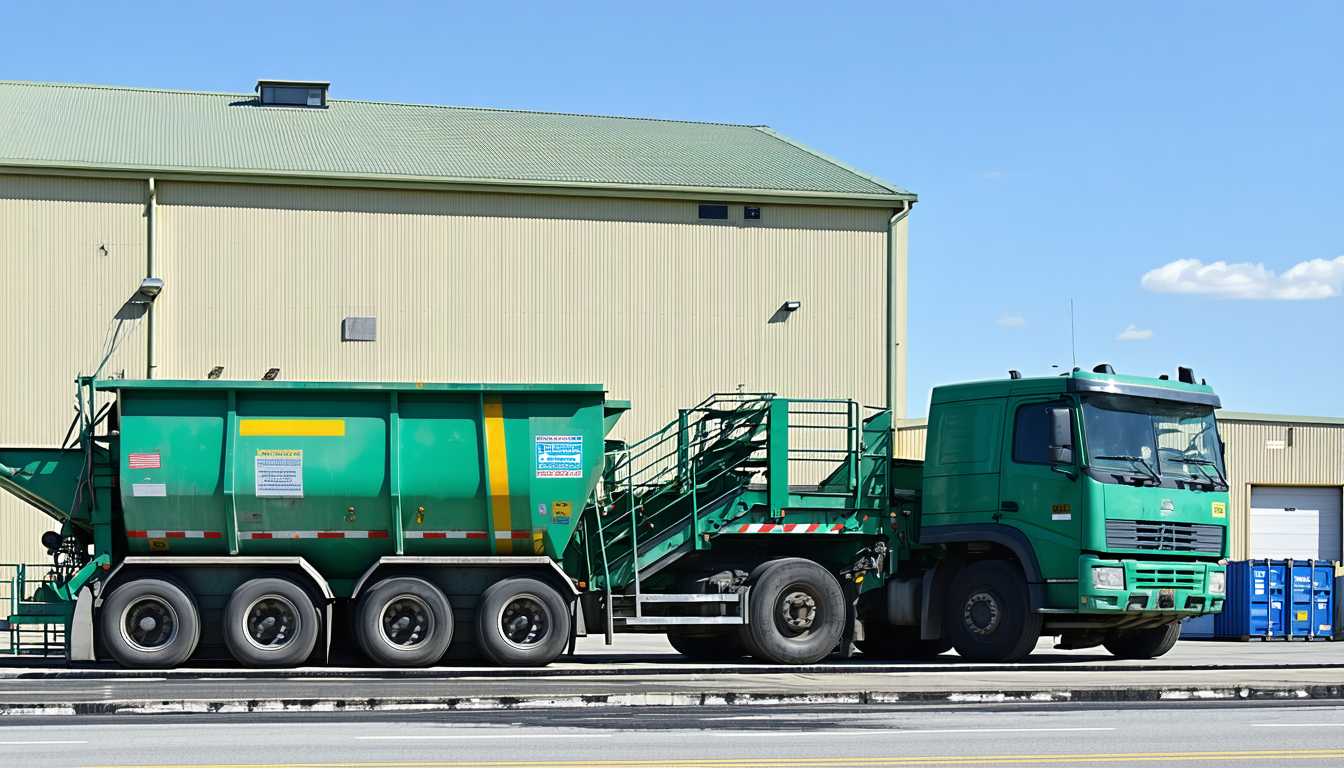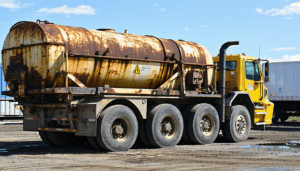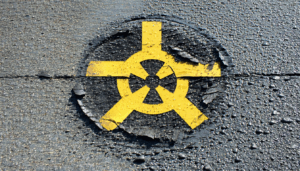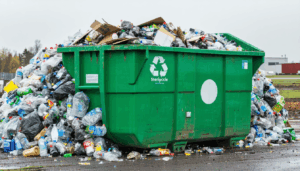Introduction
In the United States, the safe management of biohazardous waste has become a pressing concern as healthcare facilities, research labs, and industries generate increasing volumes of potentially dangerous materials. From infectious medical waste to contaminated sharps, improper disposal poses significant risks to public health and the environment. This article explores the latest developments in biohazardous waste disposal, including new regulations, innovative technologies, and their impact on stakeholders. With growing scrutiny on sustainability and safety, these updates signal a transformative era for waste management practices across the nation.
Evolving Regulations for Biohazardous Waste Disposal
The U.S. Environmental Protection Agency (EPA) and the Department of Transportation (DOT) have recently tightened guidelines for handling biohazardous waste. As of 2023, new federal mandates require stricter labeling, tracking, and treatment protocols to prevent accidental exposure. For instance, the EPA reported that over 15 million tons of medical waste are generated annually in the U.S., with a significant portion classified as biohazardous.
These regulations aim to standardize practices across states, addressing discrepancies in local policies. Non-compliance can result in hefty fines, with penalties reaching up to $70,000 per violation under the Resource Conservation and Recovery Act (RCRA). Healthcare providers and waste management companies are now under pressure to adapt swiftly to these changes.
Technological Innovations in Waste Management
Technology is playing a pivotal role in revolutionizing biohazardous waste disposal. Advanced autoclaving systems, which use high-pressure steam to sterilize waste, have become more energy-efficient, reducing operational costs by up to 30%, according to industry data. Additionally, plasma gasification—a process that converts waste into synthetic gas—has gained traction as a sustainable alternative to incineration.
According to Dr. Emily Harper, a leading environmental scientist at the University of California, “Innovative technologies like plasma gasification not only neutralize biohazards but also minimize landfill use, aligning with national sustainability goals.” These advancements are particularly crucial as the U.S. aims to reduce greenhouse gas emissions from waste processing by 50% by 2030.
Impact on Stakeholders
The ripple effects of these developments are felt across multiple sectors. Hospitals and clinics face increased operational costs due to compliance with new rules, yet they benefit from safer working environments. Waste management companies, on the other hand, are investing heavily in training and equipment upgrades to meet federal standards.
Smaller facilities, especially in rural areas, struggle with limited access to advanced disposal technologies. This disparity highlights the need for federal grants or subsidies to ensure equitable implementation. Public health officials also emphasize that proper disposal reduces the risk of outbreaks, protecting communities from potential exposure to pathogens.
Economic and Environmental Implications
The economic burden of biohazardous waste disposal is significant, with the U.S. spending over $3 billion annually on medical waste management, as per a 2022 report by the Healthcare Waste Institute. While innovations promise long-term savings, initial investments remain a hurdle for many organizations. Balancing cost with compliance is a key challenge for policymakers.
Environmentally, the shift toward greener technologies offers hope. Traditional incineration methods release harmful pollutants, contributing to air quality issues. By adopting cleaner alternatives, the industry can mitigate its carbon footprint, aligning with broader climate goals set by the Biden administration.
Future Outlook and Challenges
Looking ahead, experts predict that biohazardous waste disposal will continue to evolve with stricter oversight and technological breakthroughs. The integration of artificial intelligence in waste sorting and tracking could further enhance efficiency. However, funding shortages and regulatory inconsistencies across states may slow progress.
On a positive note, public awareness is growing, prompting more facilities to prioritize safe disposal practices. Dr. Harper notes, “Collaboration between government, industry, and communities will be essential to address gaps in infrastructure and education.” The path forward requires a unified effort to safeguard both health and the environment.
Conclusion
The landscape of biohazardous waste disposal in the United States is undergoing a critical transformation. With updated regulations, cutting-edge technologies, and heightened awareness, the nation is taking significant steps toward safer and more sustainable practices. While challenges like cost and access persist, the combined efforts of policymakers, innovators, and stakeholders offer a promising future. As this field advances, staying informed about these changes will be vital for ensuring public safety and environmental protection.
Frequently Asked Questions (FAQs)
- What is biohazardous waste?
Biohazardous waste includes materials like infectious medical waste, sharps, and contaminated items that pose risks to human health or the environment if not handled properly. - Why are new regulations important for biohazardous waste disposal?
Updated rules ensure standardized safety measures, reduce exposure risks, and protect communities from potential health hazards. - How can technology improve waste disposal?
Innovations like autoclaving and plasma gasification neutralize hazards efficiently while reducing environmental impact through lower emissions. - What challenges do smaller facilities face in compliance?
Limited budgets and lack of access to advanced technologies often hinder smaller or rural facilities from meeting federal standards. - How can individuals contribute to safe disposal practices?
Proper segregation of waste at home, such as separating sharps or expired medications, and using designated drop-off points can support broader safety efforts.




